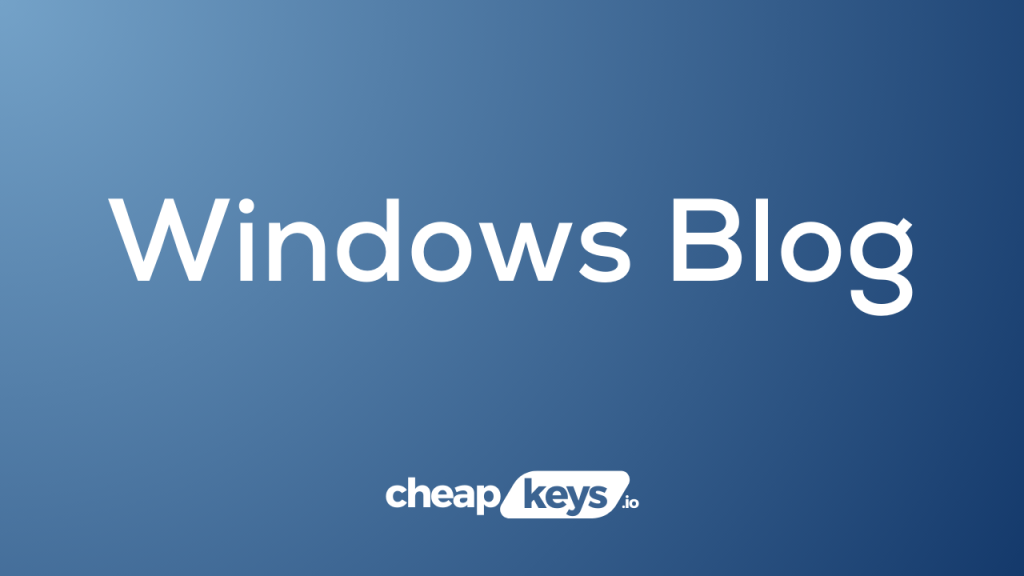Having slow download speeds for Windows 10 updates can be frustrating, especially when you’re eager to get the latest features and bug fixes. In this blog post, we will discuss the common causes of slow Windows 10 update downloads and provide step-by-step solutions to speed up the process.
Step 1: Check your internet connection
Before troubleshooting the update download speed, make sure your internet connection is stable. Test your internet speed using a reliable online speed testing tool like Ookla Speedtest. If your internet speed is significantly slower than usual, contact your internet service provider (ISP) to address the issue.
Step 2: Restart your computer and router
Sometimes a simple restart can help resolve network issues and improve download speeds. Begin by restarting your computer. After restarting, also restart your router or modem by unplugging it from the power source, waiting for a few seconds, and then plugging it back in. This can reset the connection and potentially improve download speeds.
Step 3: Disable background applications
Certain applications running in the background can consume bandwidth and slow down your Windows 10 update downloads. To temporarily disable these applications, press Ctrl+Shift+Esc to open the Task Manager. In the Processes tab, look for applications that are using a significant amount of network resources. Right-click on those applications and select “End Task” to close them temporarily.
Step 4: Pause and resume the update download
Windows 10 allows you to pause and resume the update download process, which can help improve the overall speed. To do this, open the Windows Update settings by pressing the Windows key + I and selecting “Update & Security.” In the Windows Update tab, click on “Pause updates for 7 days” and then click on it again to resume the download.
Step 5: Clear the Windows Update cache
Clearing the Windows Update cache can resolve issues that may be causing slow download speeds. Open the Command Prompt as an administrator by pressing the Windows key, typing “cmd,” and then right-clicking on “Command Prompt” and selecting “Run as administrator.” In the Command Prompt window, type the following commands and press Enter after each one:
net stop wuauservnet stop cryptSvcnet stop bitsnet stop msiserverren C:\Windows\SoftwareDistribution SoftwareDistribution.oldren C:\Windows\System32\catroot2 catroot2.oldnet start wuauservnet start cryptSvcnet start bitsnet start msiserverAfter running these commands, restart your computer and check if the download speeds have improved.
Step 6: Use the Windows Update Troubleshooter
Windows 10 comes with a built-in troubleshooter that can identify and fix common update issues. Open the Windows Settings by pressing the Windows key + I and select “Update & Security.” In the Troubleshoot tab, click on “Windows Update” and then click on “Run the troubleshooter.” Follow the on-screen instructions to complete the troubleshooting process.
By following these steps, you can address the issue of slow Windows 10 update downloads. These troubleshooting methods should help improve the download speeds and ensure you can update your system efficiently. If the issue persists, it may be worth contacting Microsoft support for further assistance.
Note: The effectiveness of these solutions may vary depending on the specific network conditions and system configuration.
Get the best deals on genuine Windows 10 cheap keys, ensuring both affordability and authenticity for your operating system upgrade.


